Savannah is the oldest city in the U.S. state of Georgia. Established in 1733 on the Savannah River, the city of Savannah became the British colonial capital of the Province of Georgia and later the first state capital of Georgia. Currently, it is the county seat of Chatham County and Georgia’s fifth-largest city.
Savannah’s downtown area is one of the largest National Historic Landmark Districts in the United. With almost 300 years of history, the city attracts millions of visitors annually because of several notable historic buildings.
My girlfriend Ashlee (A Muse Away) and I love history and historical sites. Savannah was one of the cities we wanted to visit because of its history. Here are five Historic Mansions in Savannah worth checking out that we saw in our recent trip to the city.
1. Andrew Low House. Designed by New York Architect John S. Norris in 1848, the mansion is a grand three-story building including a raised basement. The house has an Italianate revival-style with strong Greek architectural influence.
Built on a trust lot facing Lafayette Square, the house, enhanced by its original mid-nineteenth century garden, provides a glimpse of the sophisticated life of nineteenth-century Savannah in an urban setting.
2. Telfair Academy. The Telfair Academy is a historic mansion at 121 Barnard Street in Savannah, Georgia. Designed by William Jay and built in 1818, it is one of a small number of Jay’s surviving works. It is one of three sites owned by Telfair Museums. Originally a family townhouse belonging to the Telfair family, it became a free art museum in 1886, and thus one of the first art museums in America and the oldest public art museum in the South. Its first director, elected in 1883, was artist Carl Ludwig Brandt, who spent winters in Savannah. It was declared a National Historic Landmark in 1976.
3. Owens-Thomas House. The Owens–Thomas House & Slave Quarters is a historic home in Savannah, Georgia, operated as a historic house museum by Telfair Museums. It is located at 124 Abercorn Street, on the northeast corner of Oglethorpe Square. The Owens–Thomas House was designated a National Historic Landmark in 1976, one of the nation’s finest examples of English Regency architecture. Renovations in the 1990s uncovered and restored one of the oldest and best-preserved urban slave quarters in the American South.
This most important and architecturally significant house was begun in 1816 and completed in 1819. Designed by the English architect William Jay of Bath, the house plans were drawn while Jay was still in England. He sent architectural elevations to local workers before he arrived in Savannah sometime after foundations were laid. According to Jay’s letters, the house was to be aesthetically compatible with Bath, England. This is evident in the Bath stone of the house’s construction and its sophisticated architectural detail. It was a gentrifying physical ornament to the newly prosperous Southern port. The Richardson House, as it was originally known after its first owner and builder, is North America’s preeminent example of period English Regency architecture.
4. Olde Pink House. The Olde Pink House (also known as The Pink House and, formerly, Habersham House) is a restaurant and tavern in Savannah, Georgia, United States. Located on Abercorn Street, in the northwestern trust lot of Reynolds Square, the building dates from 1771. East Bryan Street bounds it to the north, Abercorn Street to the east, and East Saint Julian Street to the South. One of its key features is a Palladian window above the portico.
When it was built in 1789, the building was originally known as Habersham House, after its owner, James Habersham, Jr., one of Savannah’s most important early cotton factors and founding-family members. Habersham lived there until he died in 1799. The lot was originally a land grant from the British Crown. It survived the Savannah fire of 1796 that destroyed 229 buildings in the city.
In 1812, the home became Planters Bank, the first bank in Georgia. At this time, a portico, supported by unfluted Doric columns, was added to the building’s main façade, while an extension was built on the northern side.
After the Civil War, the house changed hands several times, becoming an attorney’s office, bookstore, and (between 1930 and 1943) Alida Harper Fowlkes’ (1908–1985) Georgian Tea Room.
The building was bought and restored by Jim Williams, owner of Mercer House, in the middle of the 20th century.
You can check out Ashlee’s blog post about the history of the Olde Pink House as well as our dining experience.
5. Mercer-Williams House. Mercer House (now called Mercer Williams House Museum) is located at 429 Bull Street in Savannah, Georgia. Completed in 1868, it stands at the southwestern corner of Monterey Square.
The house was the scene of the 1981 shooting death of Danny Hansford by the home’s owner, Jim Williams, a story that is retold in the 1994 John Berendt book Midnight in the Garden of Good and Evil.
The house is currently owned by Dorothy Williams Kingery, Williams’ sister, and is open to the public for tours. Kingery’s daughter and Williams’ niece, Susan, manages the museum, which is based out of the carriage house at the rear of the property.
Designed by John S. Norris for General Hugh Mercer (great-grandfather of the songwriter Johnny Mercer), the house’s construction began in 1860. Construction was interrupted by the American Civil War and finally completed around 1868 by the new owner, John R. Wilder. Nobody of the Mercer name ever lived in the house.
For a period in the twentieth century, the building was used as the Savannah Shriners Alee Temple. It then lay vacant for a decade until 1969, when Jim Williams, one of Savannah’s earliest and most dedicated private restorationists, bought the house for $55,000 and fully restored it over two years. Williams died in 1990, and Dorothy Kingery put the house up for sale later that decade with a price tag of just under $9,000,000. This was later reduced to about $7,000,000.
Unfortunately, photography inside the house is not allowed. However, as our guide, Zach, pointed out, most of the interior can be seen in the movies Swamp Thing and the Return of the Swamp Thing. Of course, the Clint Eastwood adaption of the Berendt book Midnight in the Garden of Good and Evil was filmed in the house.
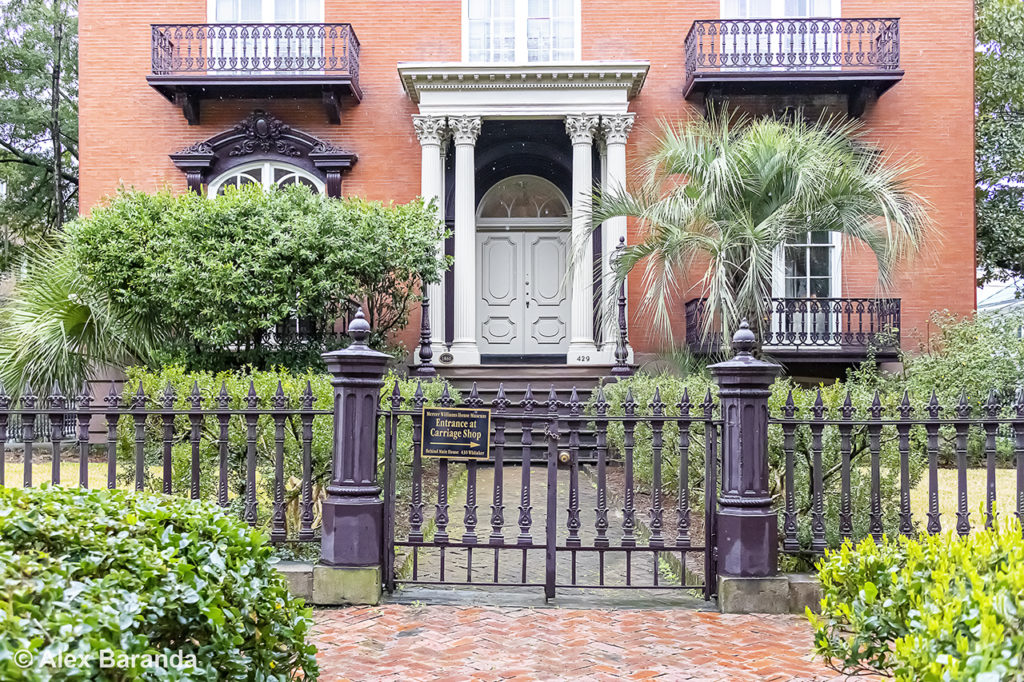
There are several more historic houses and buildings in Savannah that we haven’t visited. We are already thinking of coming back to town.
Tags: Georgia, Historic, Mansions, Savannah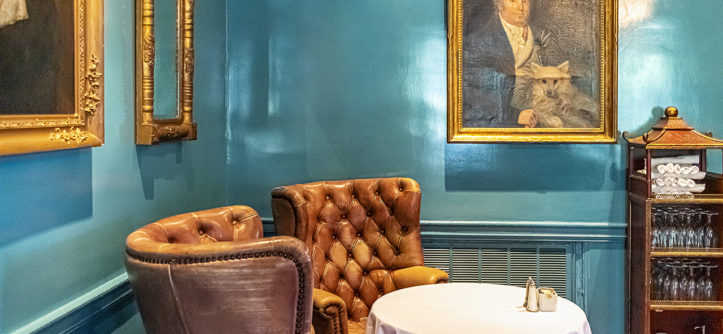
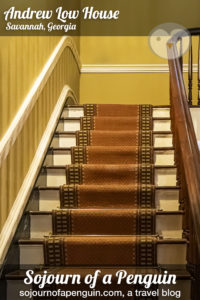
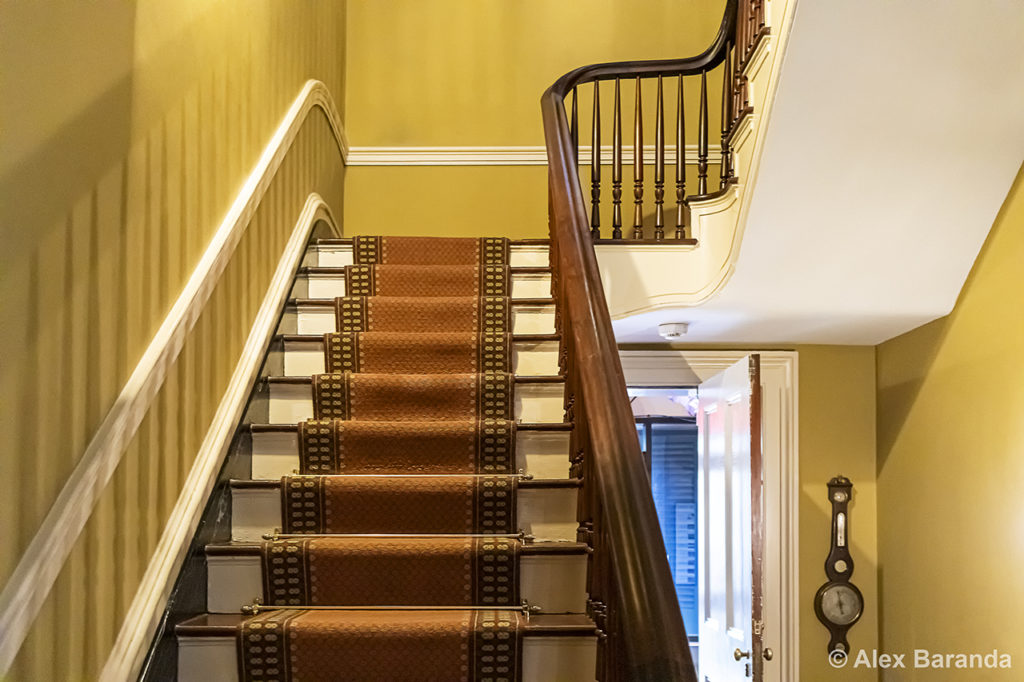






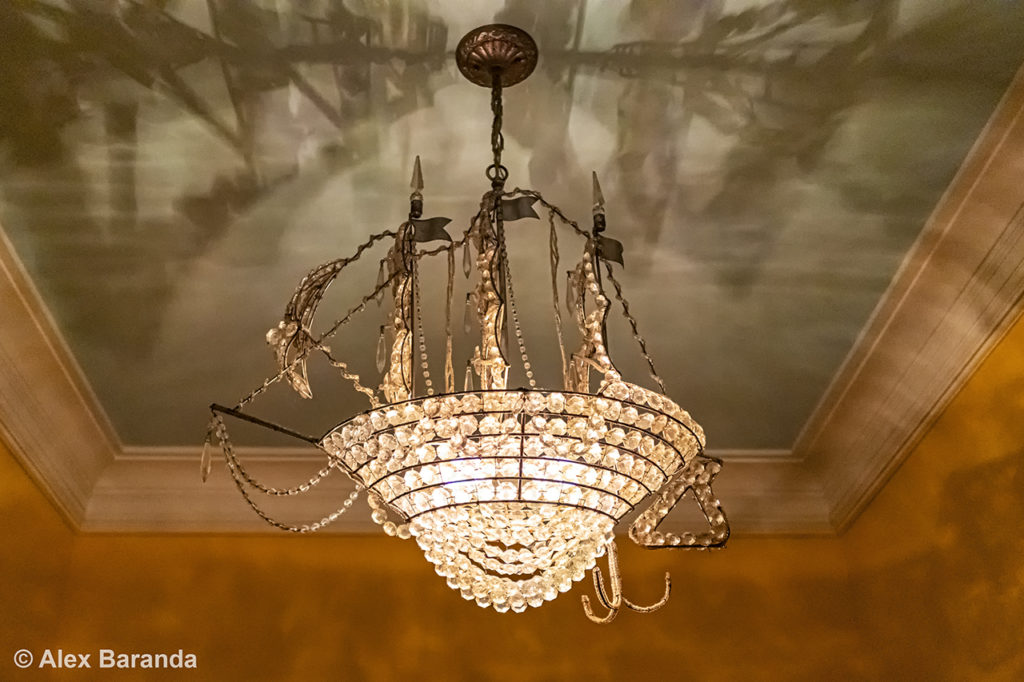

Leave a Reply